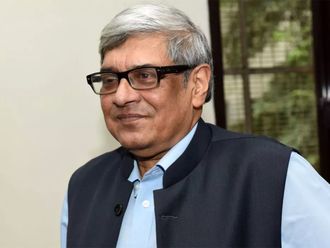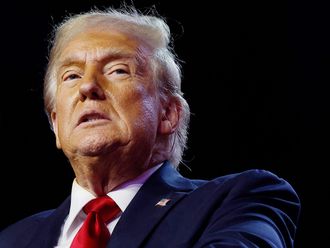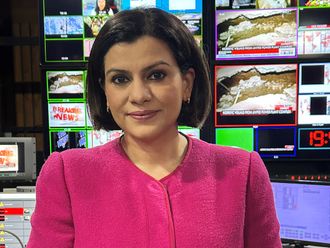Some 1.4 billion people in the world live in energy poverty without access to electricity — one third of them in India.
Four hundred and fifty million Indians face this plight —more than those affected in 26 of the poorest African countries combined. As India continues to ‘emerge' economically, Delhi is grappling with how to provide energy to its citizens — this is India's most pressing challenge, but seems rather insurmountable.
To address the overwhelming energy demands, Delhi hosted the 4th International Renewable Energy Conference (IREC) between October 27 and 29 in the neighbouring province of Uttar Pradesh. Some 80 kilometres south-east of the capital — still within the National Capital Region — the exhaust from gridlock traffic mixed with the industrial stench of the Yamuna River is a reminder that urbanisation and pollution are synonymous in every repugnant way possible, with smog everywhere.
During the conference, the Ministry of New and Renewable Energy (MNRE) said that it is a "moral imperative" to develop an energy plan before the situation spirals further out of control. India has chosen quite rightly to bet on renewable energy — mostly from solar power, but also from wind and water. How India will provide for the hundreds of millions in abject poverty is completely incomprehensible.
India remains 80 per cent dependent on importing oil to meet its energy demands. But progress has been made in the past decade to diversify its supply of resources. Over the past eight years, the size of the renewable energy market in India has grown by more than a factor of five, from two to 11 per cent of total GDP. India aims to source 10 per cent of its electricity from renewables and to achieve energy grid parity by 2022 via the ambitious new Jawaharlal Nehru National Solar Mission (JNNSM).
The New and Renewable Minister, Dr Farooq Abdullah, explained that the government is taking its time in implementing the solar mission because India wants to do the job right. This means investing in the best current technology, which translates into much higher initial tariffs for companies and consumers. Abdullah insisted that with time the cost of photovoltaic panels will go down to the benefit of local energy producers, boosting long-term rural development.
India cannot afford to wait too long: China has cornered 75 per cent of the global photovoltaic panel market and more than 50 per cent of equipment used in the global wind market. The largest wind farm in the world is located in the western, predominantly Muslim province of Xinjiang, which also has China's largest oil and natural gas reserves. As Abdullah himself said, India has the potential to help propel the "wave of renewable energy across the world" and become a model for Africa and Asia.
Major investment
Some 100 megawatts of solar photovoltaic projects have already been approved under the JNNSM mechanism. Equally significant, the National Clean Energy Fund increased from 5.6 to 10 billion Indian rupees (Dh463 million to Dh826.8 million), and will increase to 15 billion rupees in 2011. It remains to be seen of course where and to whom this money eventually goes.
For now, Delhi is focusing on making all new government buildings ‘green', including all official institutions, from hospitals to universities, libraries and clinics. Greener buildings could reduce India's energy consumption by 40 per cent.
Despite the push for renewable and sustainable development, sceptics fear that it is not enough, and too little too late. Approximately 600 million Indians do not cook with commercial energy, and use products of incomplete combustion which have a higher impact on the environment than carbon dioxide does. The side effects are devastating: local deforestation, land and soil degradation, and two million premature deaths (half a million of which are children) from household air pollution.
In closing the conference, market competition and technological innovation were urged over more regulation and restrictions. The Delhi International Action Programme was duly adopted and the UN will be called upon to make 2012 the International Year of Energy Access. Most importantly for developing countries, the UN Clean Development Mechanism process should be simplified with much larger support for rural solutions to energy challenges.
The next renewable energy conference in Delhi will be held within the city perimeters at Pragati Maidan in August 2011, which should help to reduce transport time and pollution. Before then, the United Arab Emirates will host in Abu Dhabi both the World Future Energy Summit in January and the next IREC in April. This is an opportunity for the Arab world to use it's abundant natural resources to lead the renewable energy race of the 21st century.
Stuart Reigeluth is editor of Revolve.








